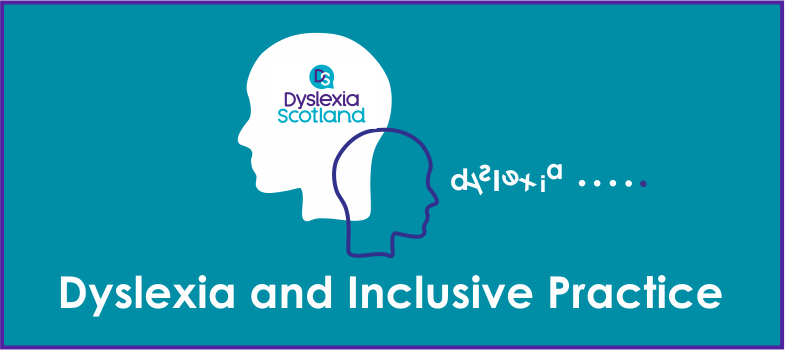2.6 Transitions
Transition can be a difficult, nervous and exciting time for any pupil, however for children and young people with additional support needs it can be a particularly stressful time for them and their family. Nevertheless, the process can be eased with appropriate understanding, partnership work, support and planning. It is important to understand that transitions occur each day, throughout the year and not only at the commonly highlighted stages such as P7 – S1 or S4/5/6 to post school. This section provides some guidance to support the various stages of transition which school communities are involved in to ensure that they are child centred positive experiences which support learners with dyslexia.
The 2010 Code of Practice states:
‘Education authorities should have appropriate arrangements in place to ensure that changes in school education for all children and young people can be as smooth as possible. Effective planning helps to promote shared understanding and close communication among all relevant persons and above all helps to ensure that any required action is co-ordinated appropriately’.
Nursery, primary and secondary schools need to work within time scales and collaboratively to put in place strategies which will help pupils who are dyslexic to cope with this new stage of their educational career. This requirement is supported by educational law for children and young people whose dyslexia is considered to be ‘significant’ or if they are otherwise at risk of not making a successful transition.
- Nursery to P1
- Class to class
- Year to year
- P7 – S1
- Broad general education at the end of S3 into the senior phase
- School to Offsite to school
- Post school
2.5 Standardised and independent assessments
